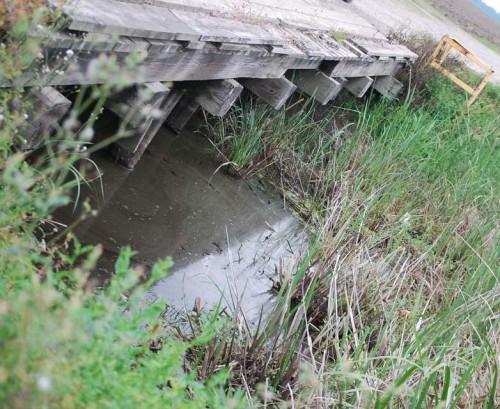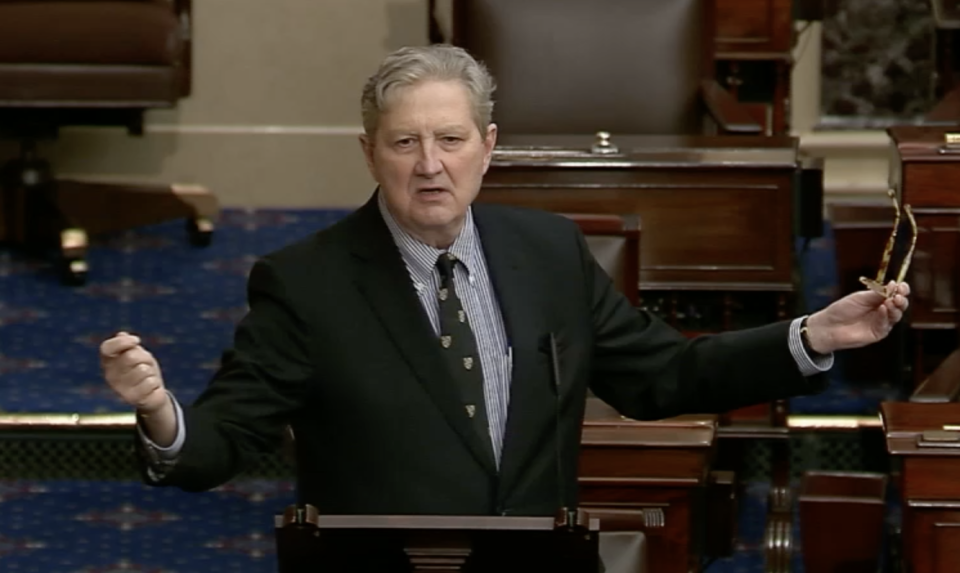
Lafourche council shoots down Company Canal deal
June 8, 2010Thursday, June 10
June 10, 2010Officials from the Tri-parish area are looking to build multiple sand barriers, about 17, along the twin pipeline, just south of Golden Meadow to an area below the Humble Canal near Montegut.
“That would be an excellent area to restore,” said Reggie Dupre, executive director of the Terrebonne Levee and Conservation District.
While the barriers would slow coastal erosion and degradation, if approved, it could also stump oil flowing in from the Gulf of Mexico. On Monday, experts estimated that about 466,200 gallons were flowing from the well each day. A permanent fix to stop the crude is still about a month away.
South Lafourche Levee District (SLLD) General Manager Windell Curole said the twin pipeline would provide natural ridgelines, which will make building the three-foot barriers easier. He has touted the measure for years as a way to preserve some of the area’s most pristine wetlands.
“The twin pipeline can serve multiple purposes. First and foremost, it becomes a defensible barrier [against] the oil,” explained Dupre. If the barrier is heightened – seven or eight feet above sea level – it could also break down storm surge from hurricanes, easing the impact on local levees.
The SLLD submitted a request to the state for an emergency permit to begin operations. Officials are not sure how long the process will take, but are continuing to lobby local leaders in an attempt to harness support for the initiative. Talks in Terrebonne, so far, have been successful, said Dupre.
The move, he claimed, would be the lone gun in salvaging nearly 60,000 acres of wetlands. Of that, the Louisiana Department of Wildlife and Fisheries owns 30,000 acres, an area of land known locally as the Pointe-aux-Chenes Wildlife Management Area.
Because the project would directly impact such a large portion of federally owned land, about 50 percent, locals are hoping the agency will take the lead. However, officials have not heard whether LDWF is willing to play ball, or not.
Who will pay for the project is also still questionable.
Curole said districts are looking to BP for funding but have not received a response. Dupre noted that Lafourche and Terrebonne officials have already spent thousands on activities to decipher whether the project is feasible. That money, he said, will hopefully get reimbursed.





